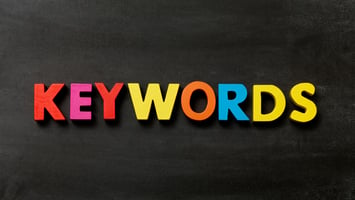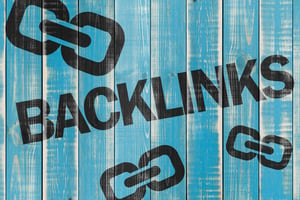Ever felt like you're in a digital game of cat and mouse, chasing after the successes of your...
Boosting Your Blog Engagement with Image SEO Optimisation
A great method to connect with your target audience, create credibility, and position oneself as an authority in your field is by blogging. But with so much content available online, it can be difficult to grab readers' attention and hold their interest. Using images in your blog is one method to stand out from the crowd.
Adding Photographs
It goes without saying that adding photographs to your blog article will help to aesthetically enhance and break up the text. A web page can become more engaging and intriguing just by having photos on it. A page with only text on it can seem intimidating and unwelcoming, which causes a high bounce rate. The addition of images can enhance the user experience overall and decrease bounce rates.
Nevertheless, it goes beyond simply making your blog attractive. You can gain from using photographs in your blog entries in a number of ways. To begin with, visuals make it easier and faster to communicate complex ideas. It's essential to provide information in a way that is simple to understand in today's age of short attention spans and rapid movement. Pictures aid in simplifying and making sense of abstract thoughts and concepts.
Integrate Graphics
Also, graphics help others share your blog posts. By integrating images in your blog, you can leverage the popularity of visual material on social networking sites like Pinterest and Instagram as well as increase traffic to your website. Your blog post is more remembered when it includes images. According to a Social Science Research Network research, people retain 65% of visual information compared to 10% of written information even three days later.
Ensure Quality
Yet, it goes beyond simply including any image in your blog article. Make sure the photographs you use are high-quality and pertinent. These ought to support your argument and offer value to your blog content. Stock photos are a quick solution, but they can come out as generic and overused. Using unique photos or making custom graphics that complement your brand would be preferable.
Optimise Images
It's also crucial to optimise your photographs for search engines. Image optimisation is the practice of reducing the file size of images and improving their search engine friendliness by adding alt tags and titles. The load time of your website, which is a crucial element in search engine ranking, can be enhanced by optimising your photos. A quicker website can increase customer satisfaction and lower bounce rates. Also, alt tags and titles help search engines comprehend what your image is about, which can enhance your site's overall SEO.
Seek Permission
It's also important to remember that using photographs on your blog requires you to take some legal precautions. Without permission, you should never use photographs that are protected by copyright since doing so could lead to legal action being brought against you. Choose pictures that have a commercial use licence instead, or make your own pictures using internet tools like Canva, which provide a variety of customisable designs.
Last but not least
If you're having trouble coming up with interesting and educational blog entries, think about employing a copywriter. A copywriter can assist you in producing content that is not only educational but also interesting and entertaining. They may assist you in creating catchy headlines, creating copy that appeals to your target market, and SEO-optimising your material.
Want to learn more about SEO? Check out our beginners guide to SEO or sign up for it below!




